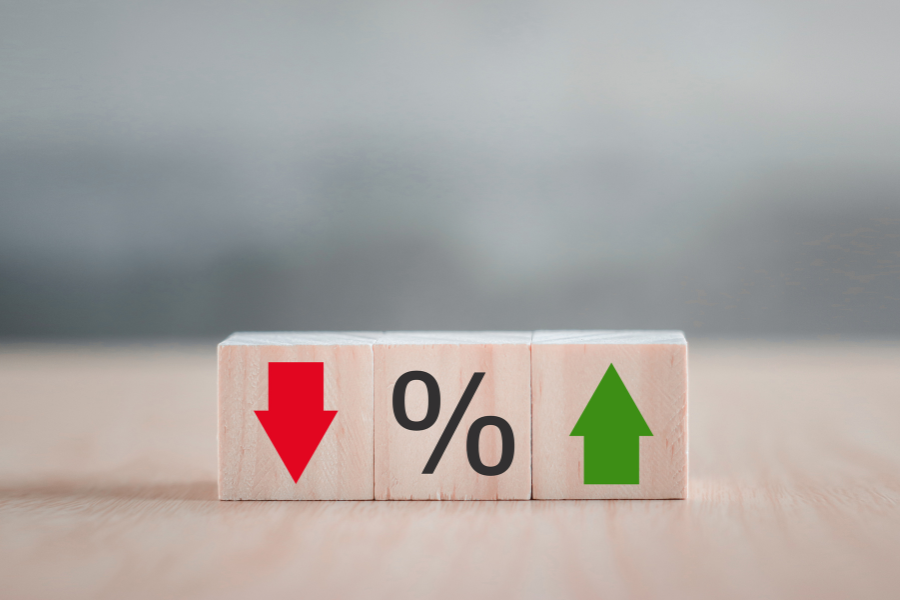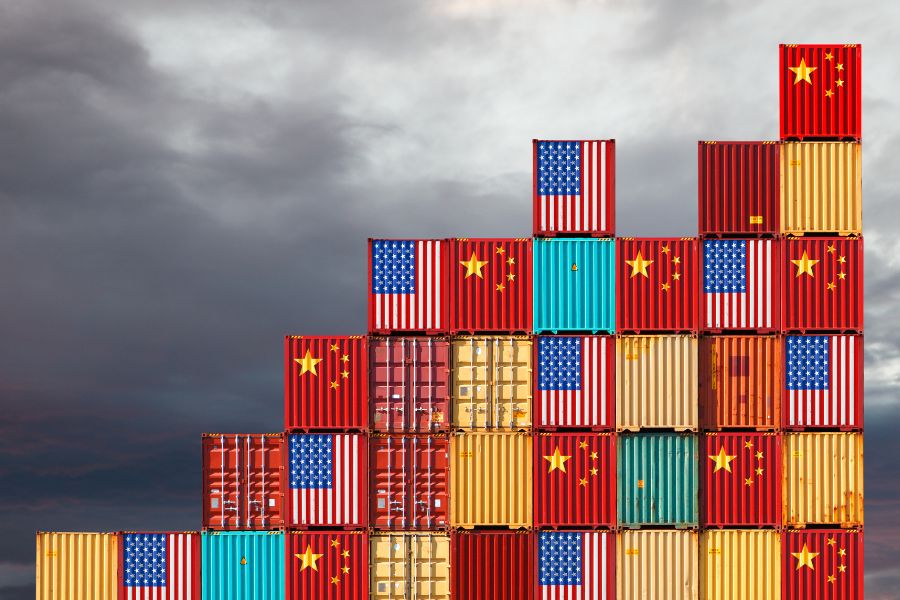Inflation isn't just a local phenomenon—it creates waves that ripple through global markets, reshaping industries, altering trade dynamics, and challenging businesses of all sizes. Understanding its effects is critical for businesses to navigate and adapt in today's interconnected economy.
Rising Costs of Production: Challenges for Small Businesses
Inflation increases the cost of raw materials, labor, and energy, putting pressure on production expenses. For small businesses, which often operate on tight margins, this can lead to several challenges:
- Higher Operating Costs: Utilities, rent, and supplies become more expensive, forcing businesses to either absorb costs or pass them on to consumers.
- Price Sensitivity: Raising prices to offset higher costs can alienate price-sensitive customers, impacting sales.
- Cash Flow Strain: Businesses may struggle with cash flow as supplier costs rise faster than revenue growth.
Small businesses can combat these challenges by negotiating supplier contracts, streamlining operations, and adopting energy-efficient practices to lower operational costs.
Inflation's Influence on Import and Export Prices
Inflation also impacts the global trade landscape by affecting the pricing of imports and exports:
- Weaker Purchasing Power: High inflation can reduce the purchasing power of a country's currency, making imports more expensive.
- Export Competitiveness: Inflation can boost exports if a country's goods become relatively cheaper in global markets due to currency devaluation.
- Supply Chain Disruptions: Higher transportation costs, driven by fuel price hikes, can add to the expense of moving goods across borders, straining trade relationships.
Industries reliant on international supply chains, such as technology and manufacturing, often face volatile pricing due to inflation. Businesses can mitigate this by diversifying suppliers and securing long-term contracts to stabilize costs.
Strategies for Businesses to Adapt to Inflation
Businesses must proactively adapt to the changing dynamics of inflation to maintain stability and competitiveness. Key strategies include:
- Dynamic Pricing Models: Adjust prices based on real-time cost fluctuations while being mindful of consumer demand.
- Hedging Against Inflation: Invest in inflation-resistant assets like commodities or currencies that hedge against rising costs.
- Efficiency Upgrades: Automate processes and implement cost-saving measures to reduce dependency on expensive labor and resources.
- Global Market Diversification: Expanding to regions with stable or low inflation rates can reduce overall exposure to inflationary pressures.
Inflation's effects on global trade and businesses are undeniable, but understanding its complexities can empower businesses to adapt and thrive. With the right strategies, industries and small businesses alike can navigate inflationary challenges and emerge stronger than before!






